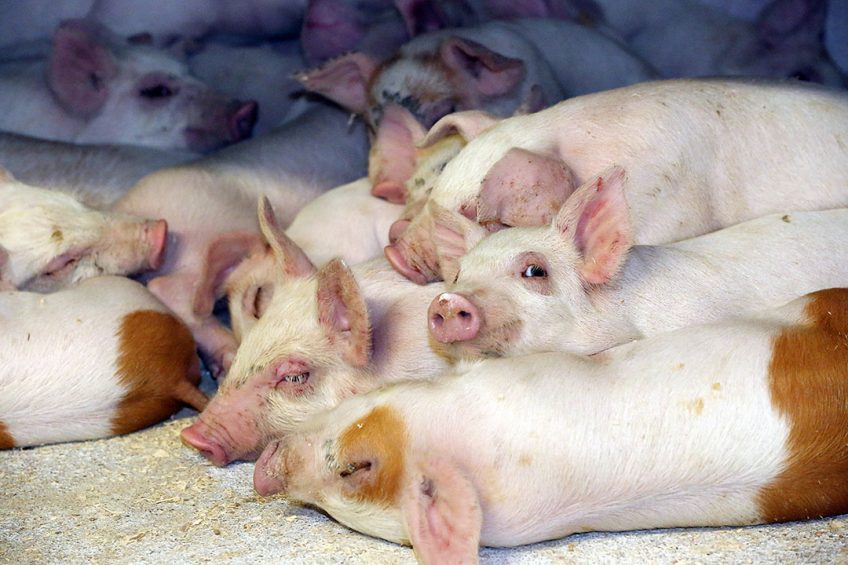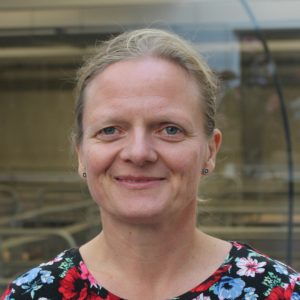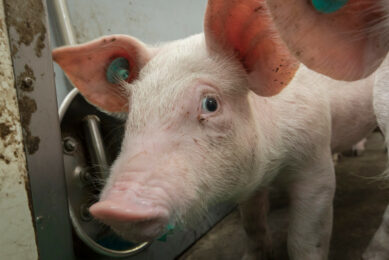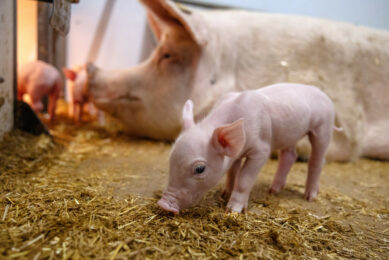Learning more about piglet survival

A fantastic day! That is what you get when spending the afternoon with 100 people who are all dedicated and interested in making a difference, to ensure higher neonatal piglet survival. Housing and welfare expert Vivi Aarestrup Moustsen describes what the Danes are doing to develop in this area.
Love and care for animals are key when working with animals. That is why neonatal piglet mortality is a challenge that most caretakers in the farrowing unit are very focused to try to reduce. But how to do it?
Kick-off meeting of PigletLife 2.0
I had the luck to join the kick-off meeting of PigletLife 2.0 last week, where 55 farms with average herd size of 1,150 sows and representing 6% of the Danish sow population met and listened and discussed how to improve neonatal piglet survival. Their local advisors from ’DLBR’ were also present. It was a very informative kick-off for the initiatives to come in the next 6 months.
Christian Fink Hansen, sector director at SEGES Danish Pig Research Centre, welcomed the attendants, set the stage and chaired the programme. The statistics show a variation amongst herds in piglet mortality, which indicates potentials. The € 1,000 question is how to lower mortality?
The vast majority of dying piglets die because of crushing
First speaker was Svend Haugegaard, veterinarian at Danish Laboratory for Pig Diseases. 60% of the piglets dying, do so within the first 4 days of life – and the vast majority of that die because of crushing – also when sows are crated. However, to lower mortality, the caretakers will need to know more about the cause of death than just ‘crushing’.
If there are signs of the piglet being active before it was crushed and had it consumed milk, prevention can consist of changes in pen design – or use of creep area. If the piglet had been active but had no milk in the stomach, a cause could be insufficient milk production from the sows, and thirdly if the piglet had not been active, focus should be on piglet vitality at birth. So for example to reduce mortality, the caretakers need to know the reasons, to avoid it continuing to happen.

Utilising autopsy on piglets
Keld Sommer, advisor from VKST, took the attendants through how to utilise the autopsy afterwards. And explained the option of letting the vet do the autopsies instead of sending the pigs to the lab. However, regardless of sending or performing at the farm, it’s equally important for the results to be useful, that the piglets autopsied are chosen at random.
As presented by Svend Haugegaard, to get an idea of main causes of piglet deaths, you should autopsy 50 piglets from a batch. So if there are 60 farrowings in a batch, 17 liveborn per litter, and normally 14% deaths before weaning, 1,020 pigs are born and 143 die. To randomly choose 50 piglets, every 3rd piglet dying should be subject to autopsy.
Feeding of gestating sows
Gunner Sørensen, chief scientist, SEGES Danish Pig Research Centre, explained how feeding the gestating sow influenced piglet weight at birth and the latest results regarding feeding the sow for high milk production.
Fixed number of pens in pig houses
Klaus Hedermann Pedersen, veterinarian from HyoVet, confronted the audience by saying that taking care of individual newborn piglets can be of limited importance, if the overall conditions are not optimised. He recalled that most Danish barns are made of bricks, and because of that have a fixed number of pens in each section.

Read more Expert Opinions in the special section on Pig Progress
However, in practice it could look like some farmers thought the buildings were more like an accordion. The least number of sows farrowing could on some farms vary significantly between batches, which causes a general biosecurity issue, overruling the caretakers effort trying to look after the individual pig. So the message was to start at the beginning and ensure a high health status.
Managing pig farm employees
Tove Goldbeck, advisor from VKST specialised in HR, led the attendants through management theory. That management on larger herds is not only managing the production, it’s equally important to ‘manage’ and motivate the human resources – the employees. Because without a motivated team, changes cannot be implemented successfully, and the piglet survival rate will not increase.
Do initiatives to reduce piglet mortality make sense?
Inga Riber Kristiansen, advisor from LandboNord specialised in pig herd management, reminded the audience that data are as good as the registrations made. So if caretakers want to know whether the initiatives they take to reduce piglet mortality have an impact, they need to make useful and correct registrations to be able to measure impact.
Upcoming activities to reduce piglet mortality
Finally, Dorthe Poulsgård Frandsen, SEGES Danish Pig Research Centre, and in charge of the PigletLife 2.0 campaign presented the upcoming activities. The 55 farms are divided in to 11 groups of 5 herds, which will visit one another during the next 6 months and discuss specific issues about each other’s herds and also be informed about the latest news regarding risk for piglets at birth, the first 2-4 days of life, causes of deaths, feeding of breeding animals and at the last meeting a topic to be decided upon. The local advisors will also visit each herd 5 times.

Further learning about piglet survival rates
To finish off the afternoon – the attendants joined a Kahoot quiz about the PigletLife 2.0, piglet survival and other relevant subjects for the participants in the campaign. It was amazing to see how fast the 78 people that joined took up the challenge and answered the questions. Only one had all answers correct, but that’s just extra motivation to learn, develop and improve during the coming months.
Also read: Identifying ‘at risk’ piglets











